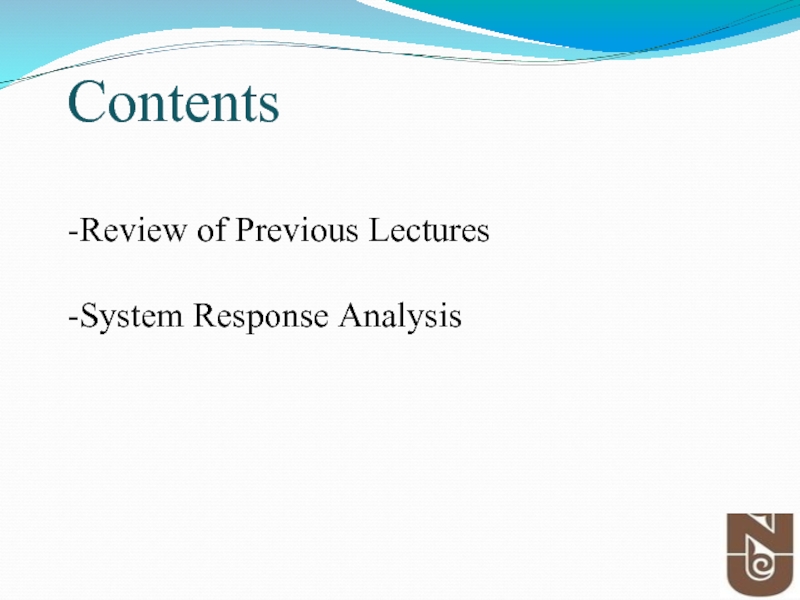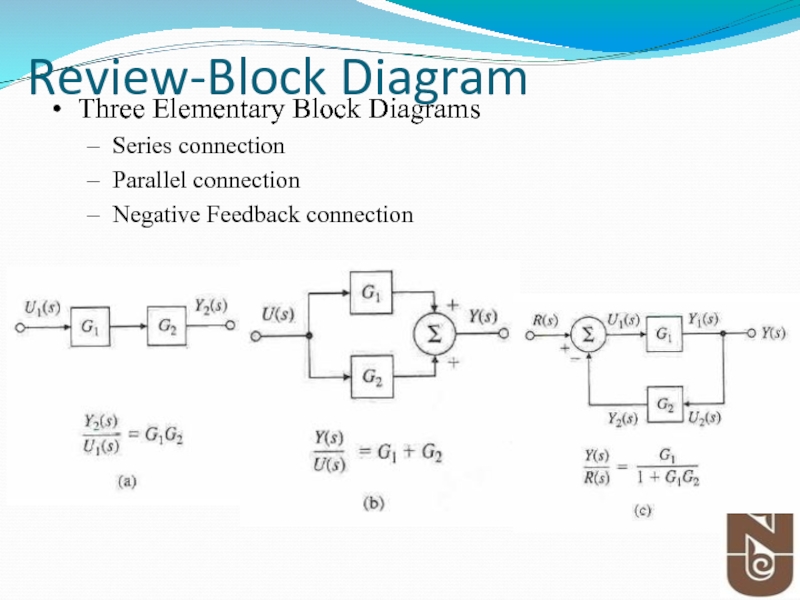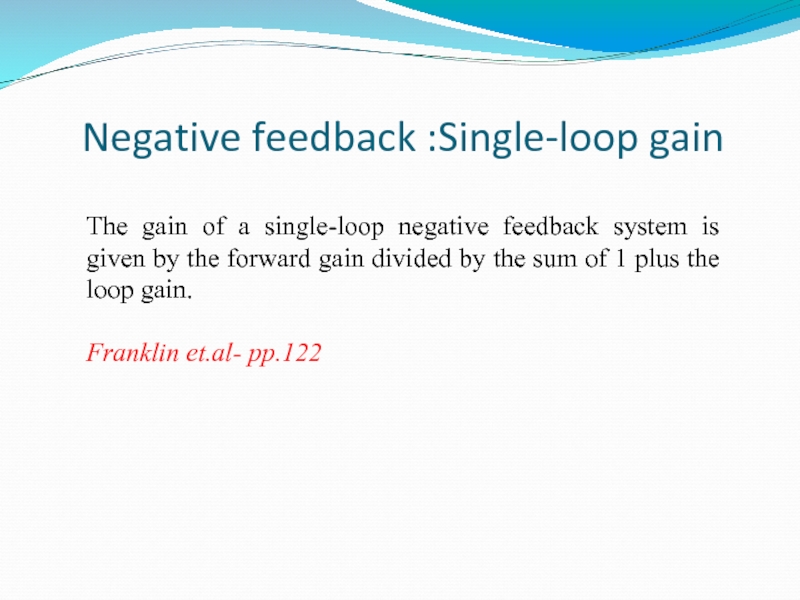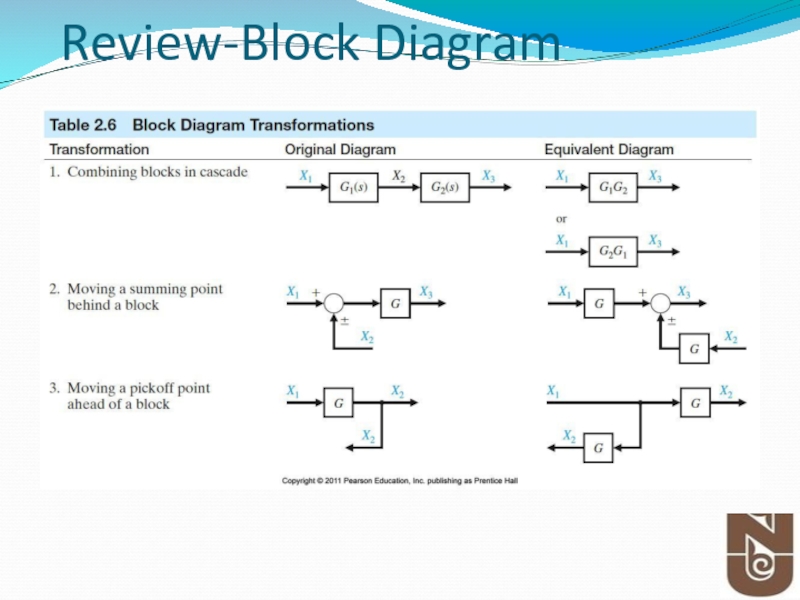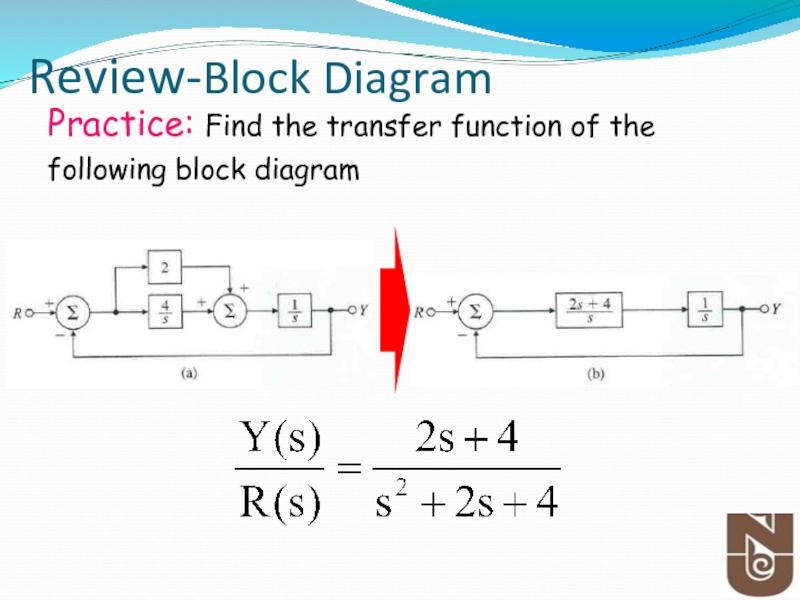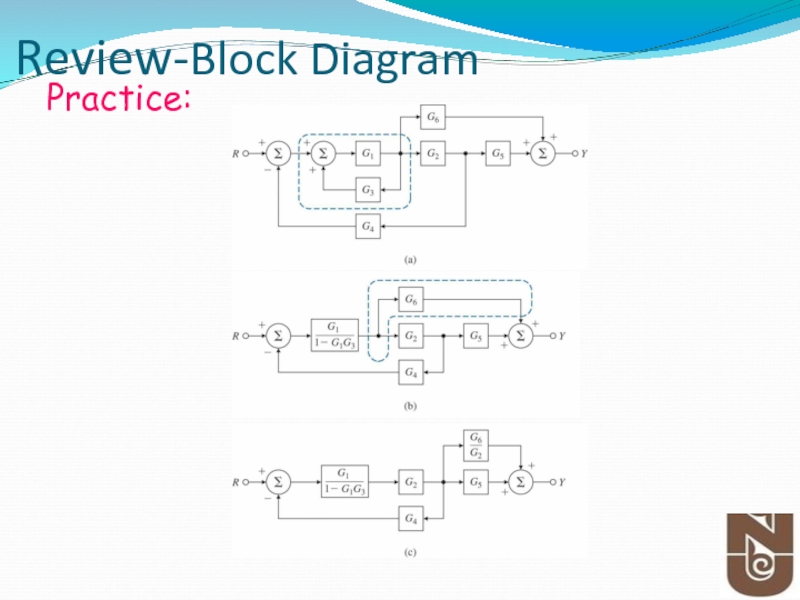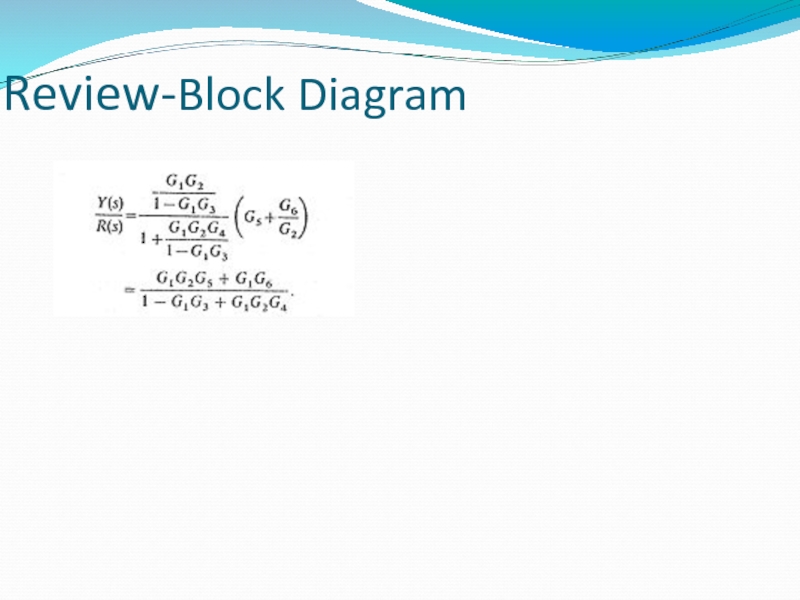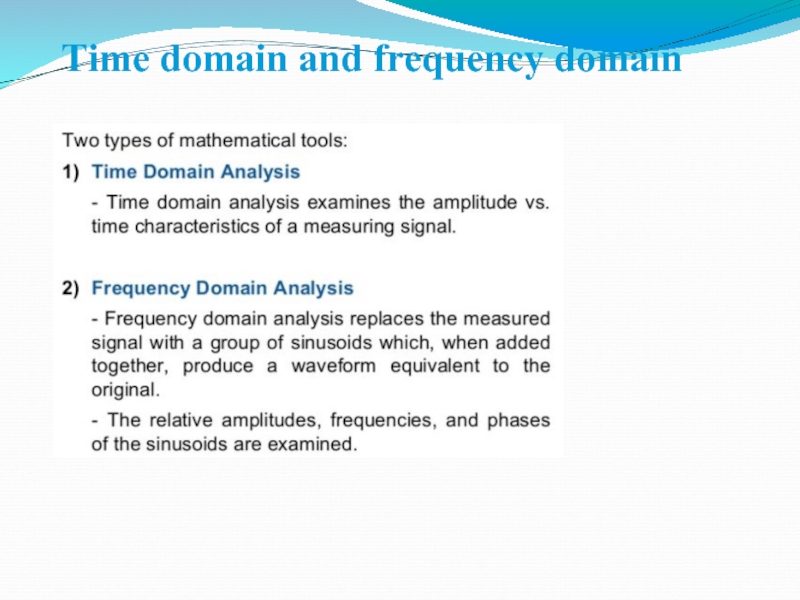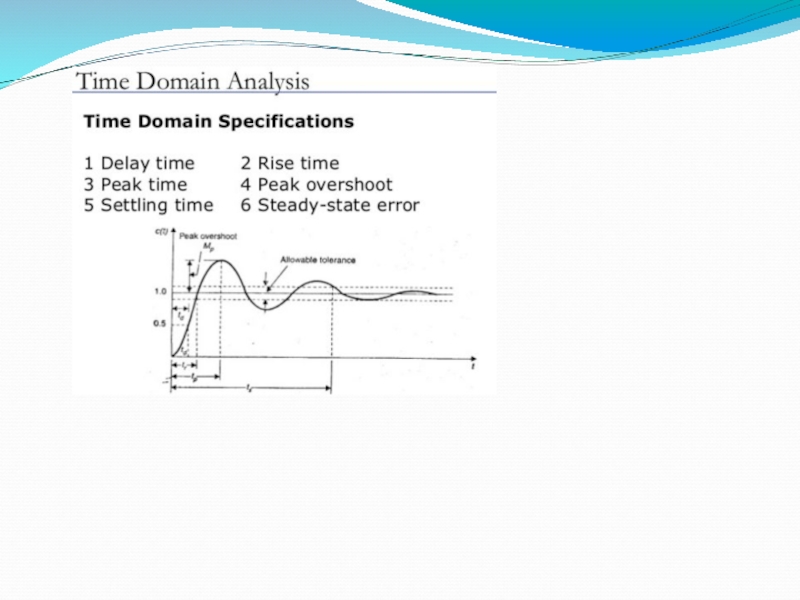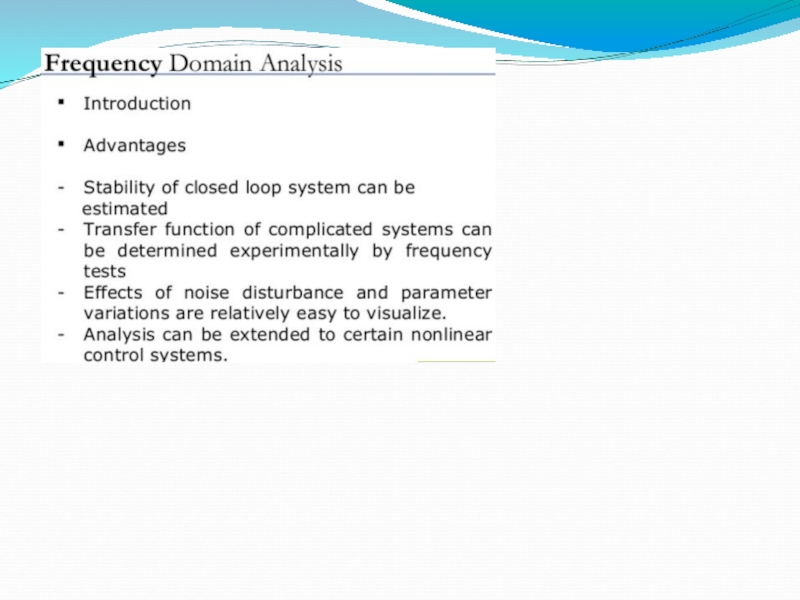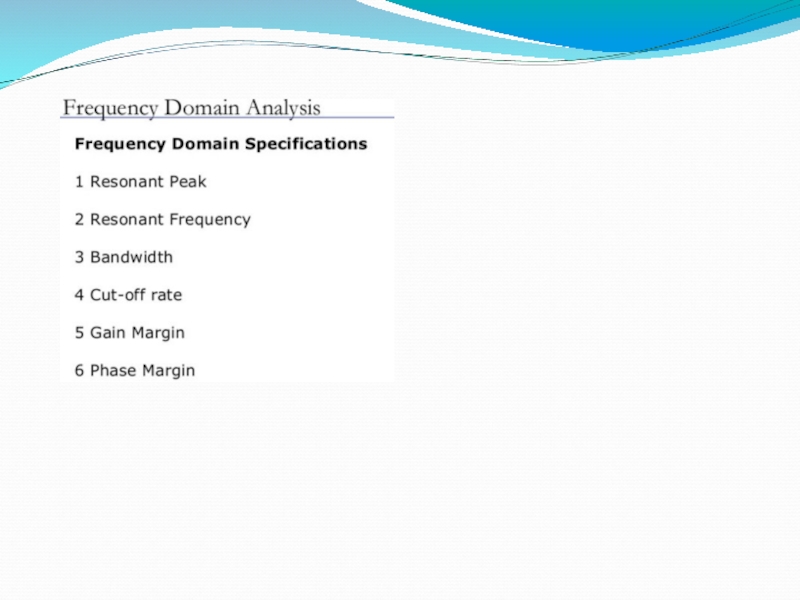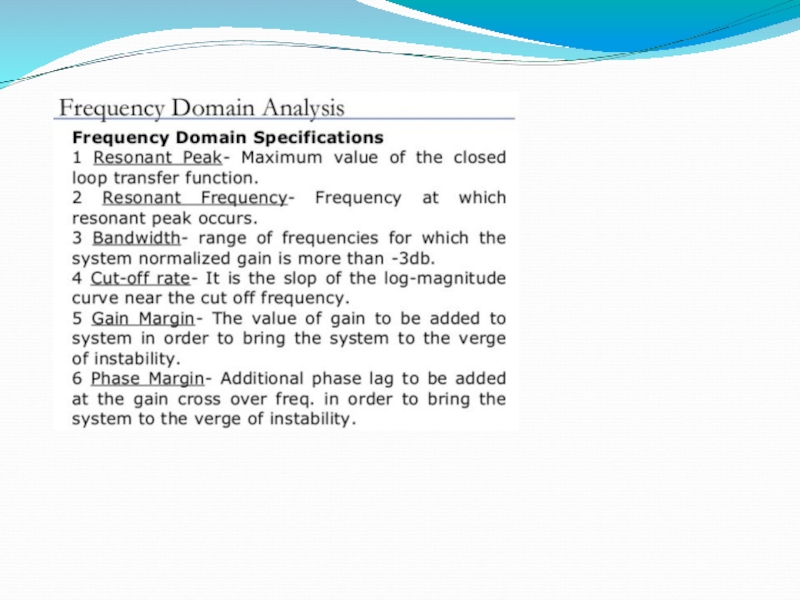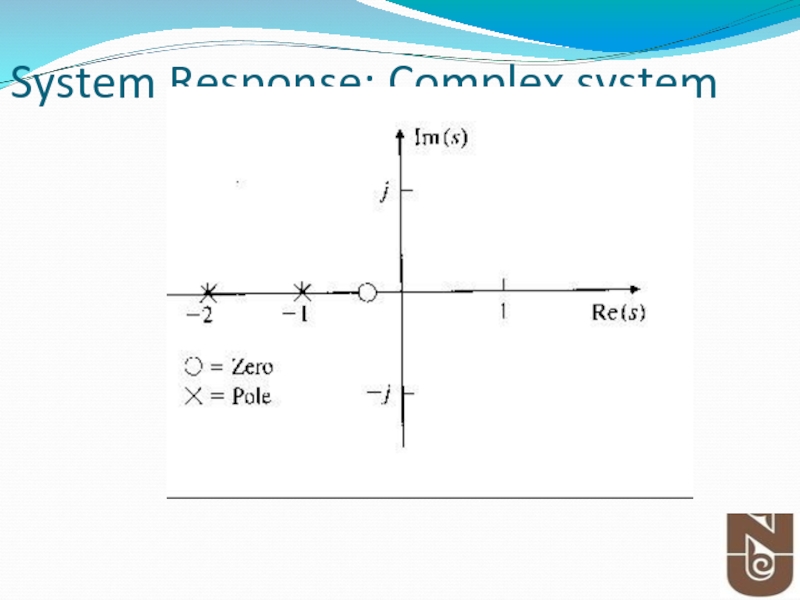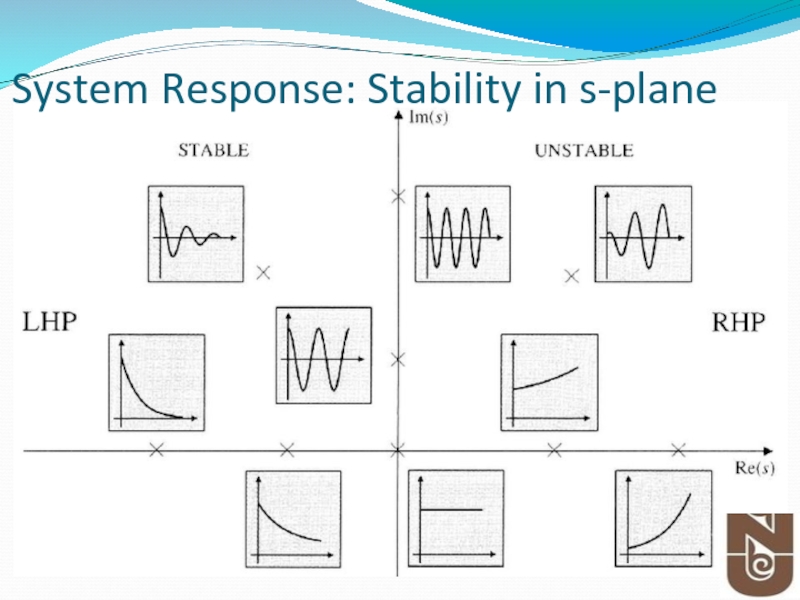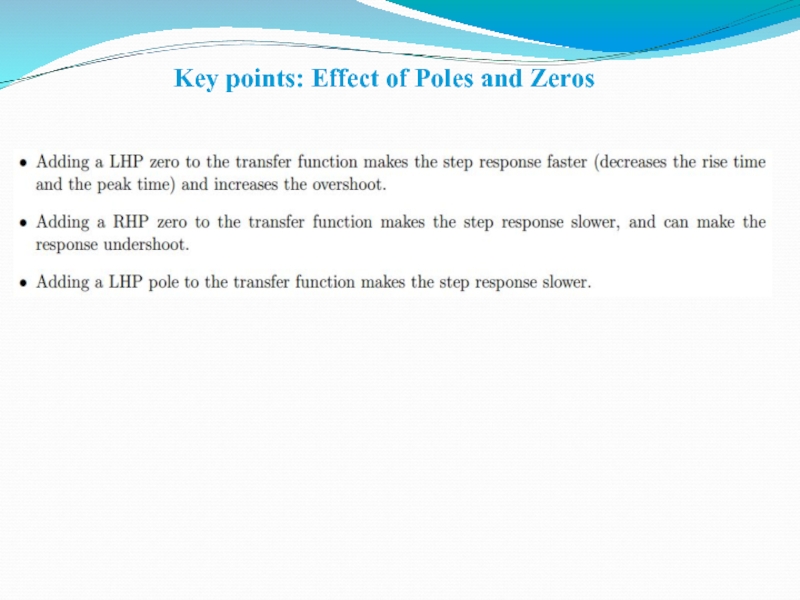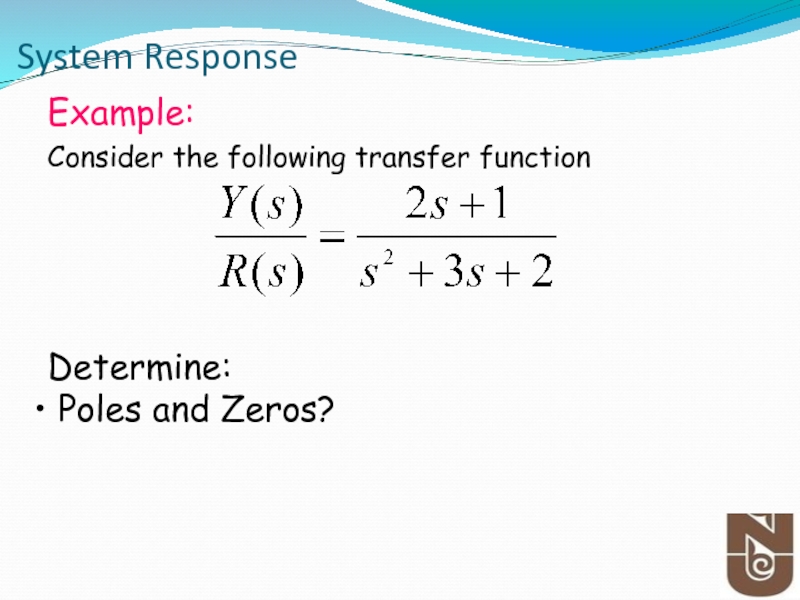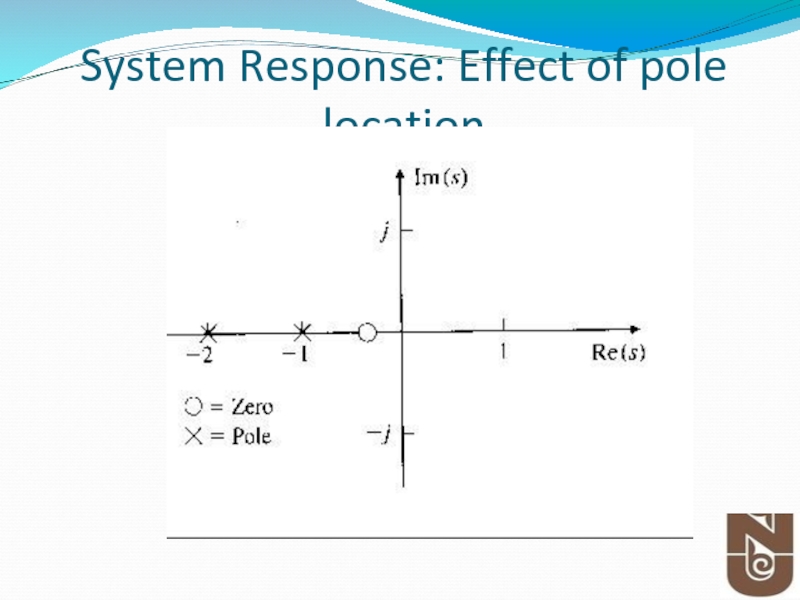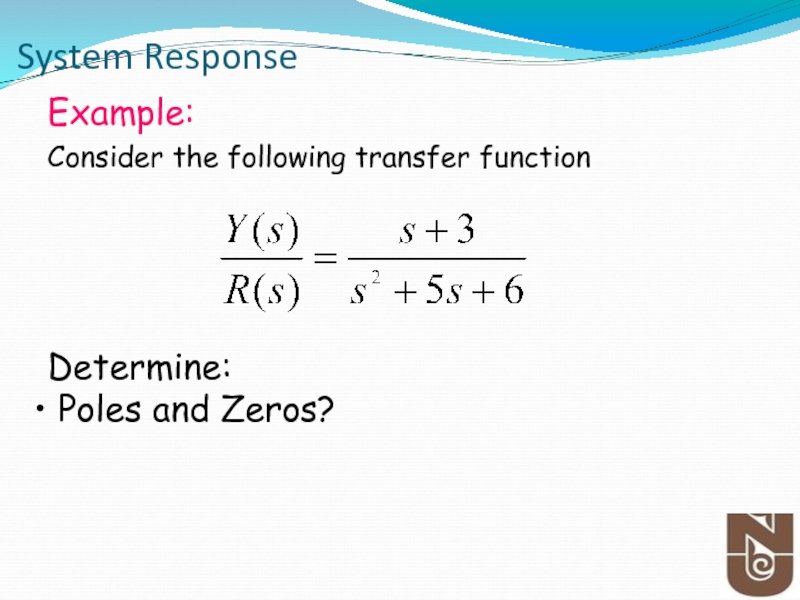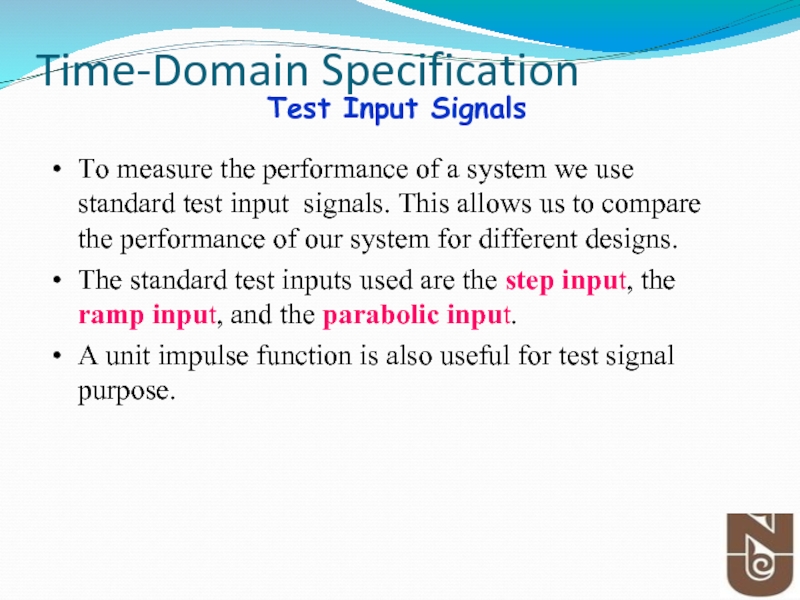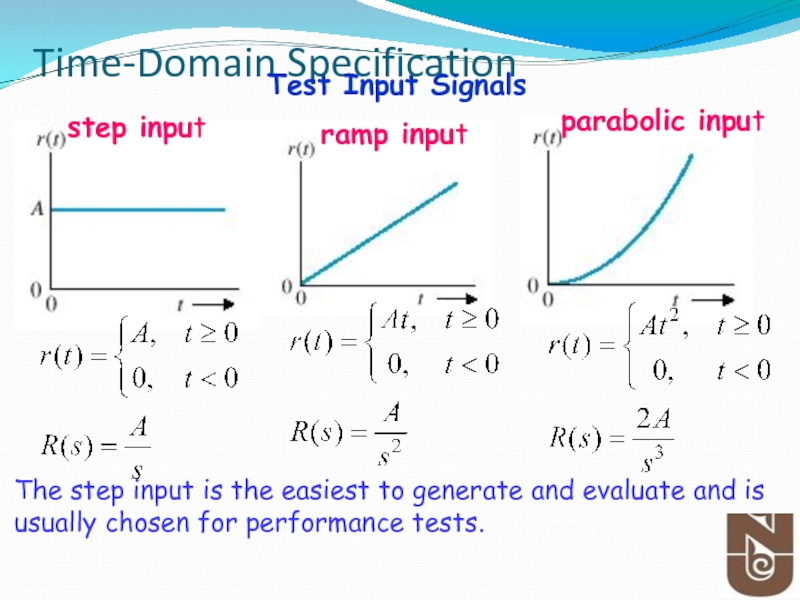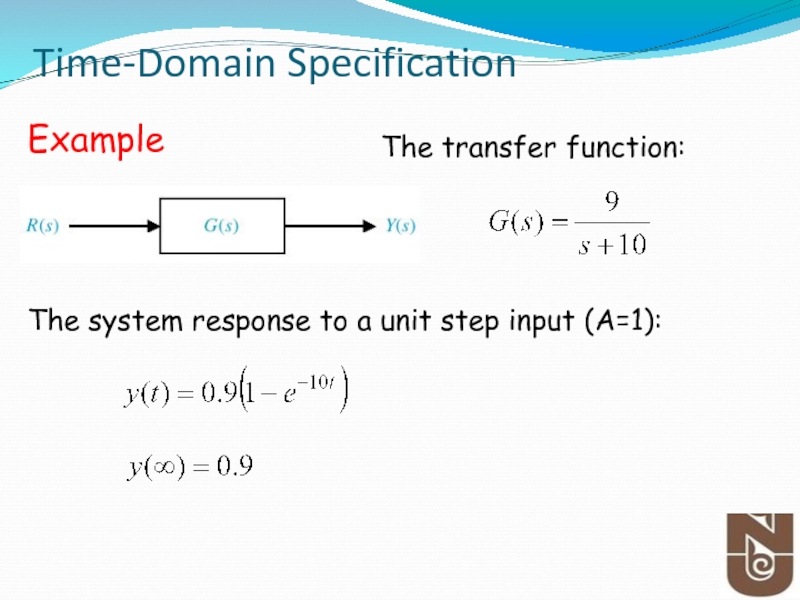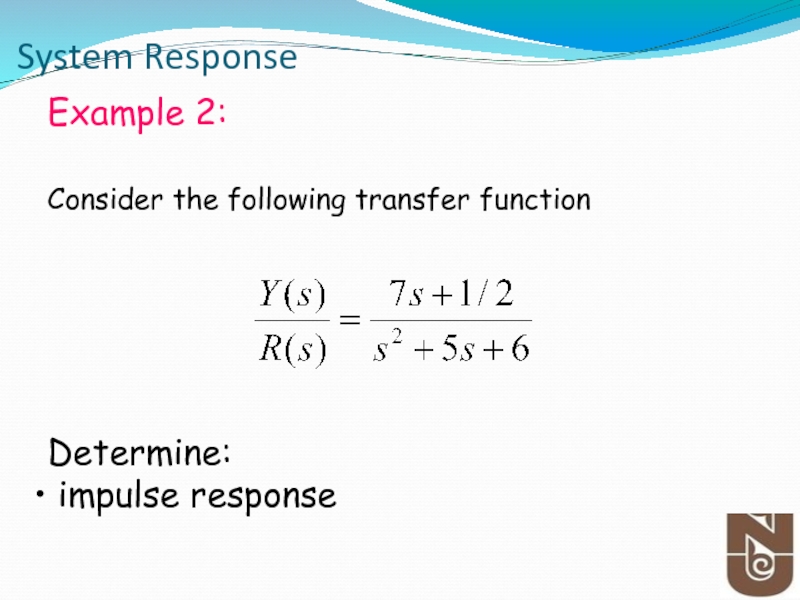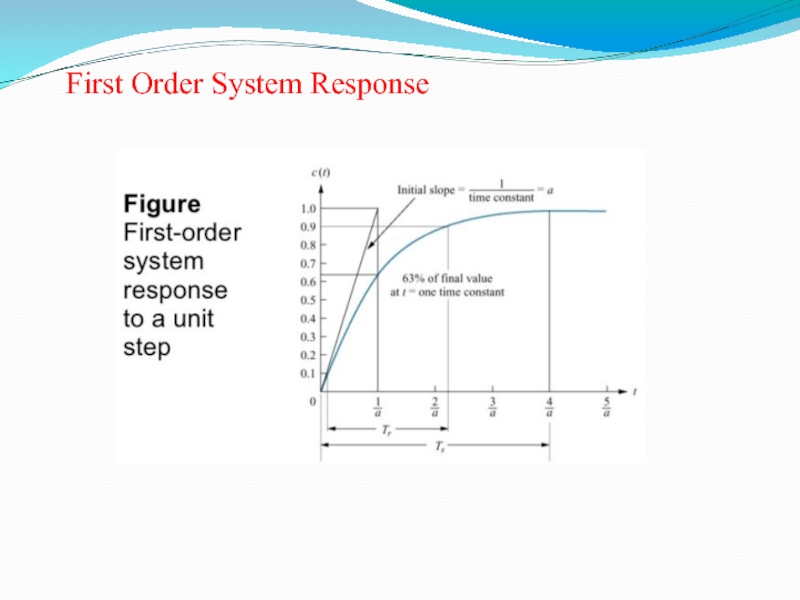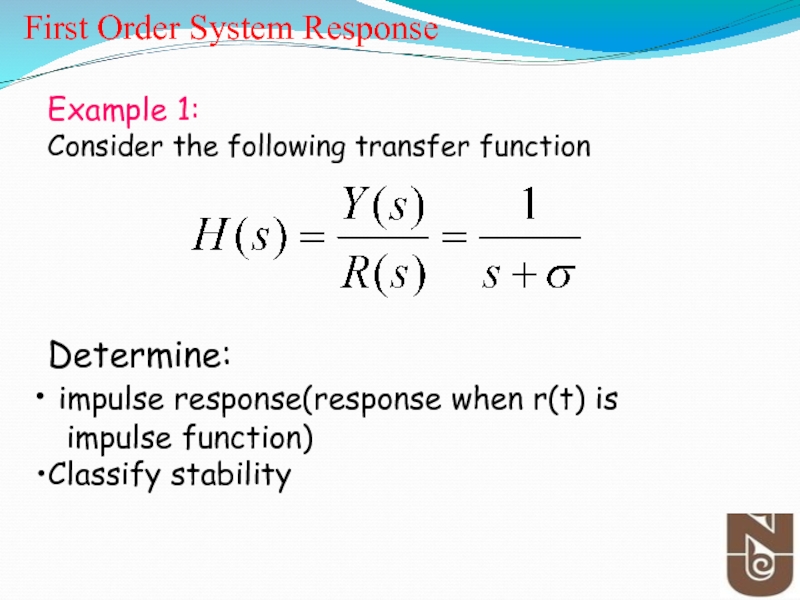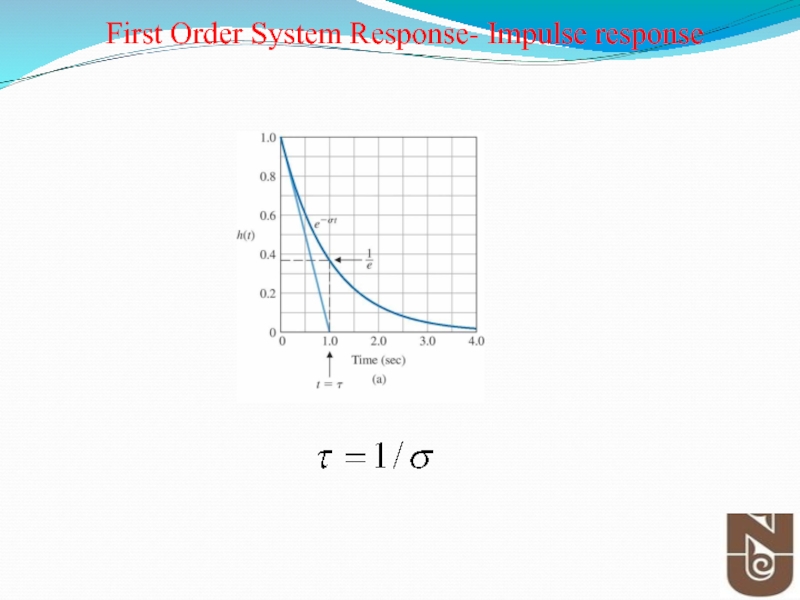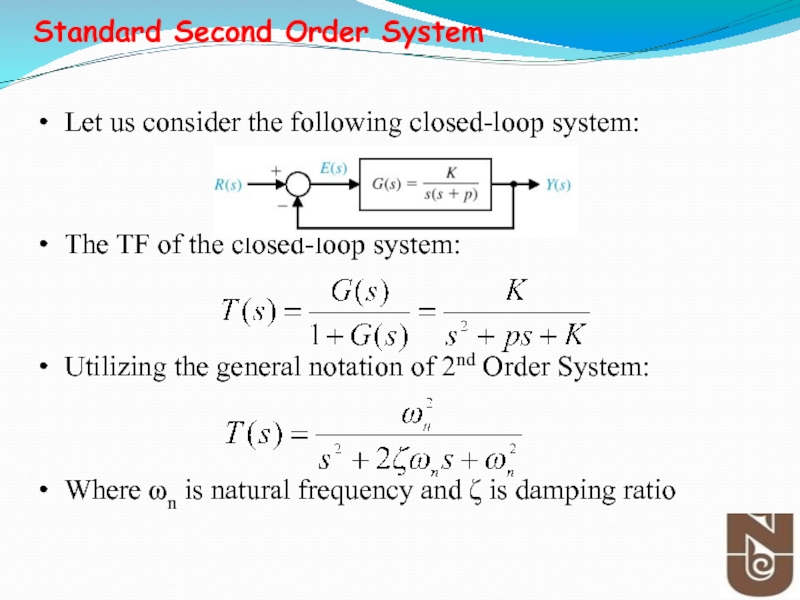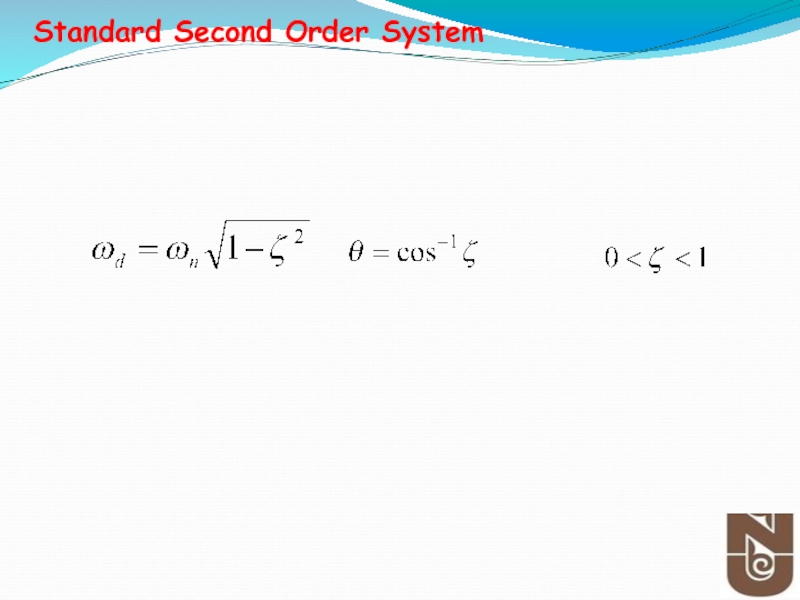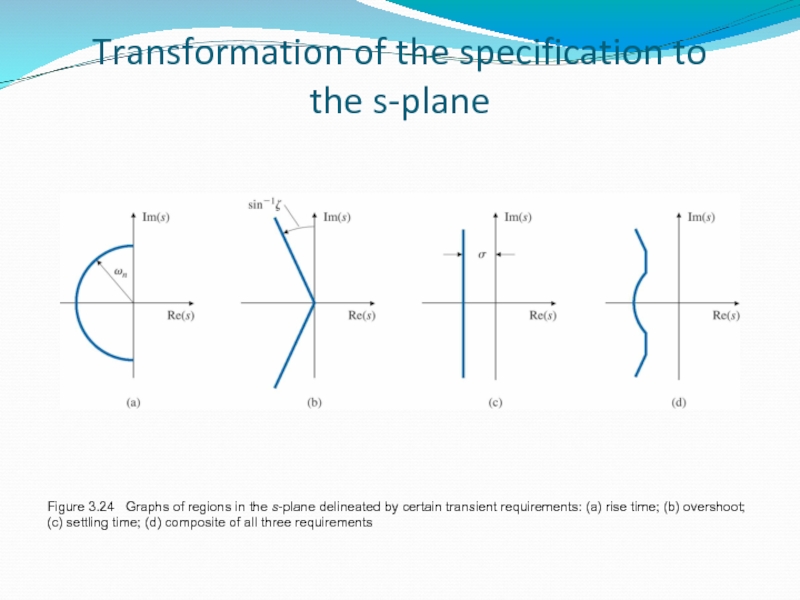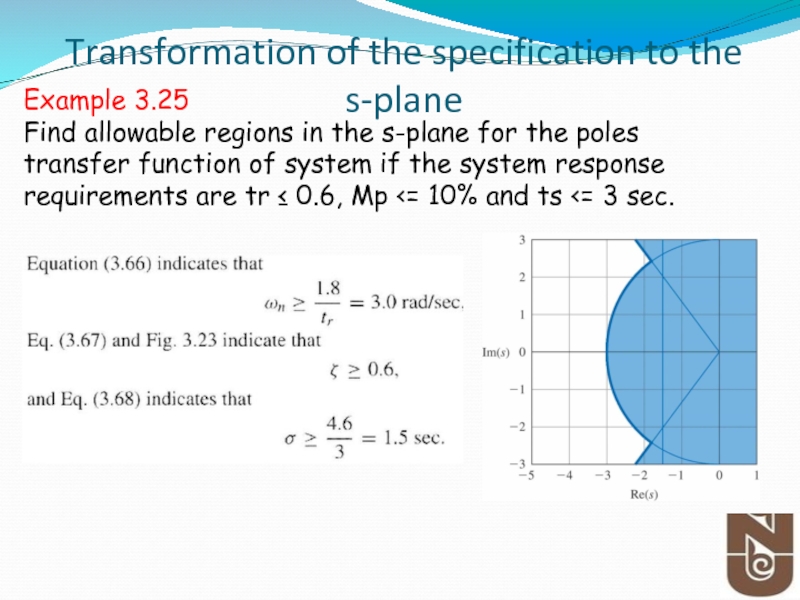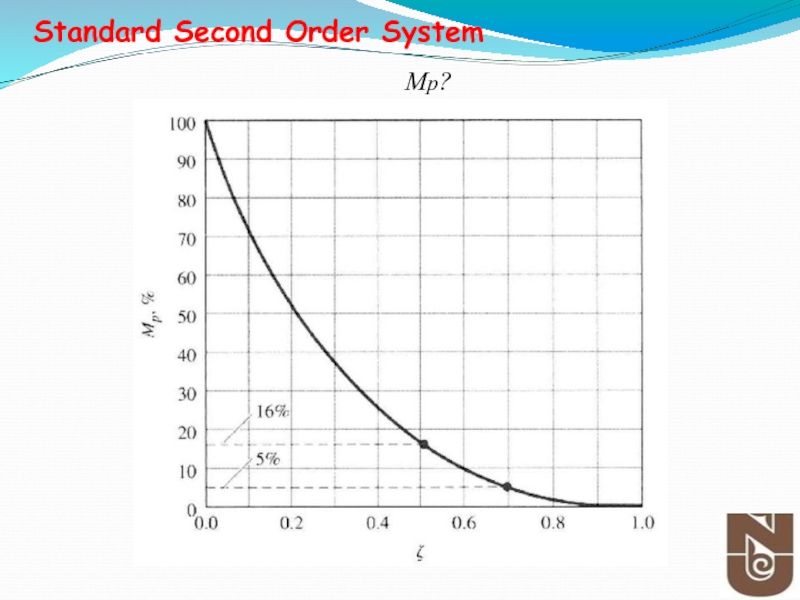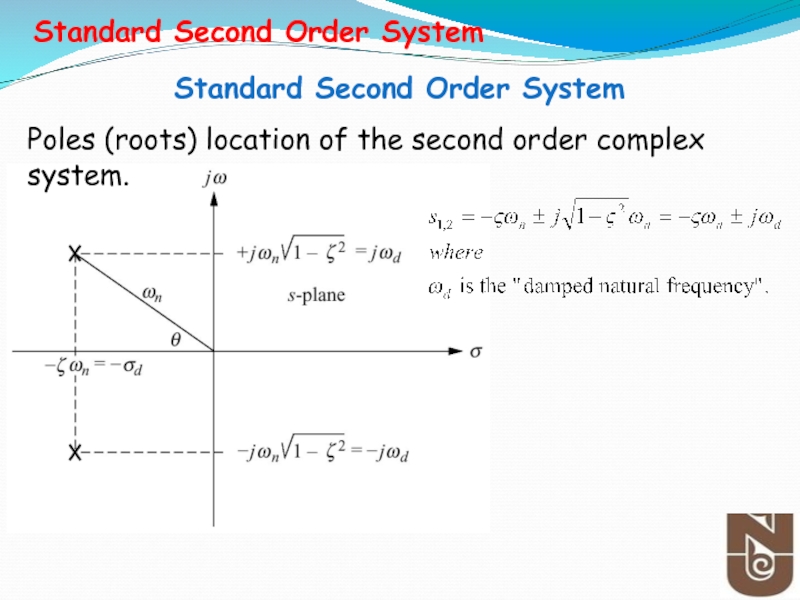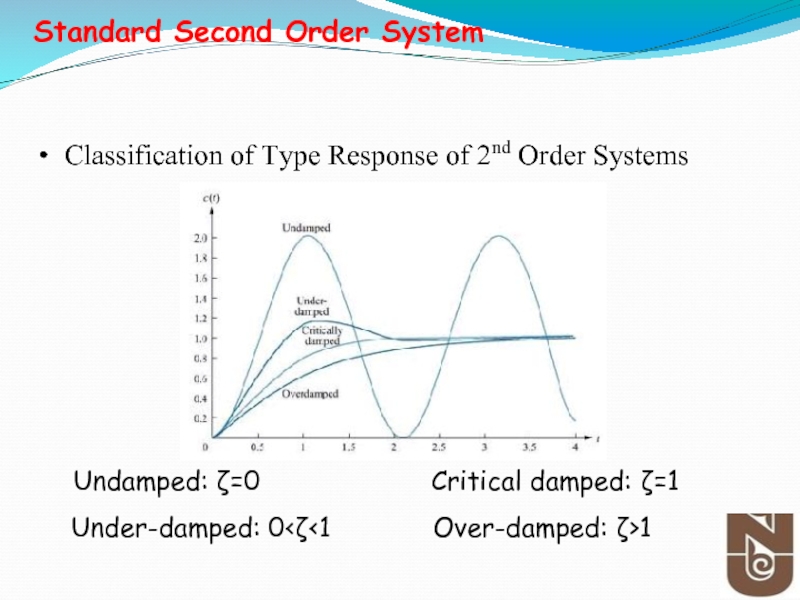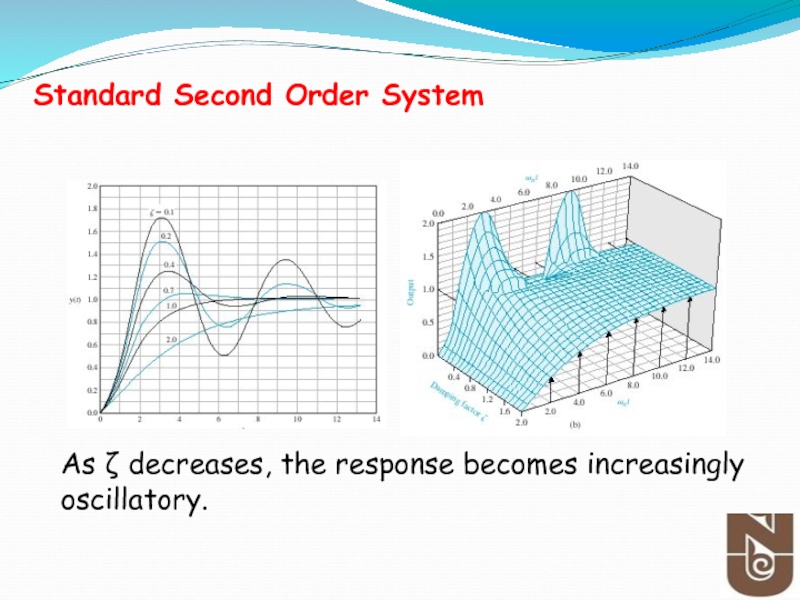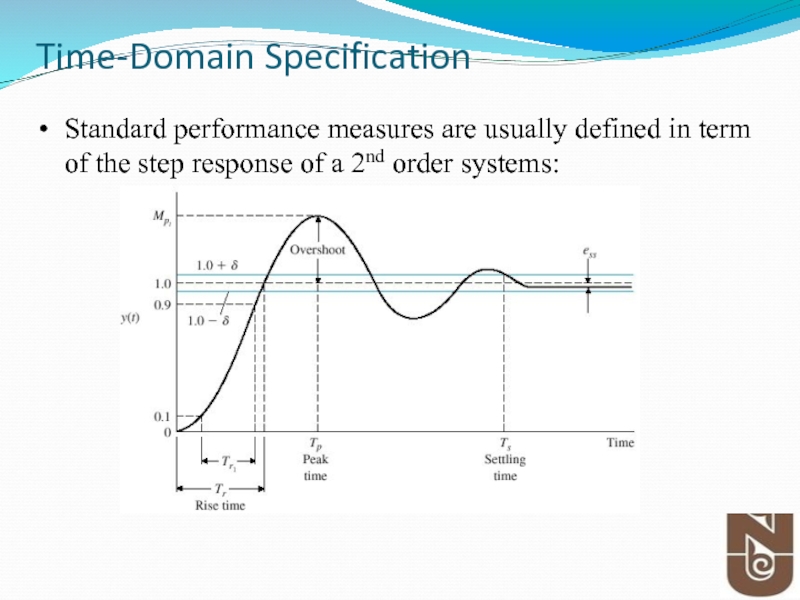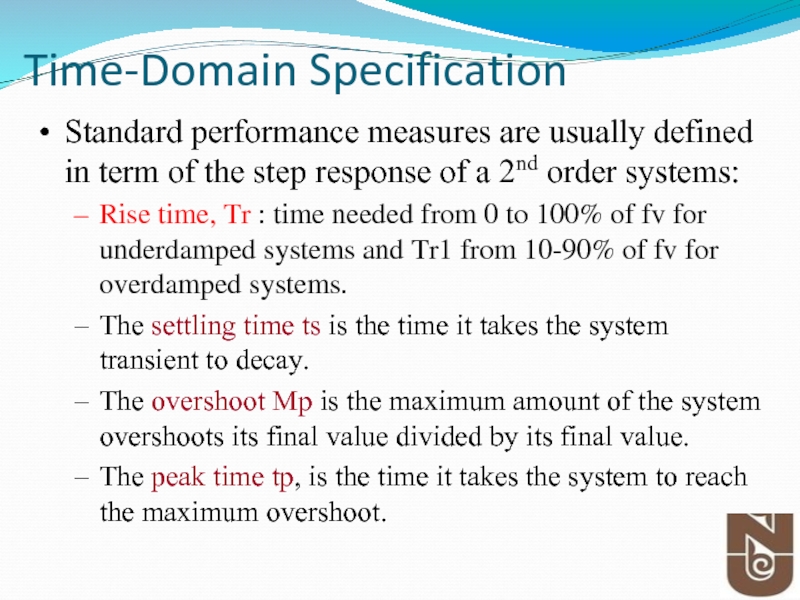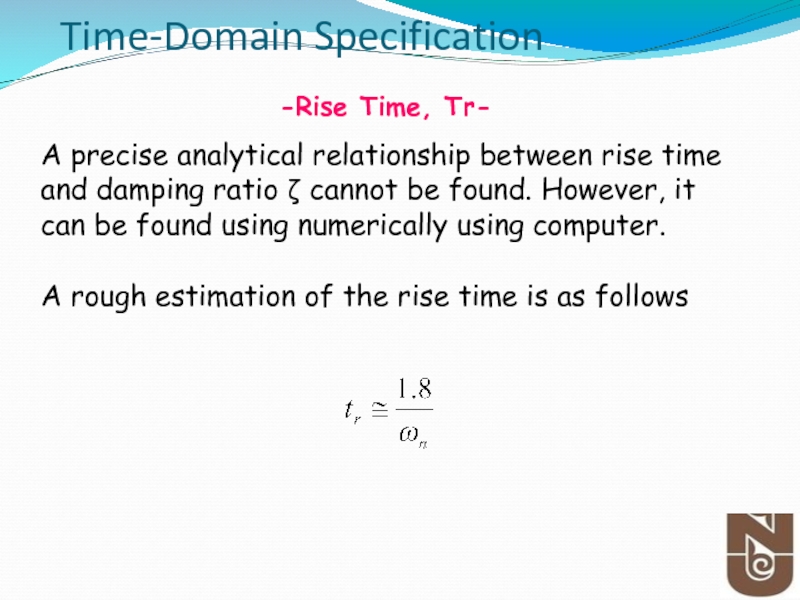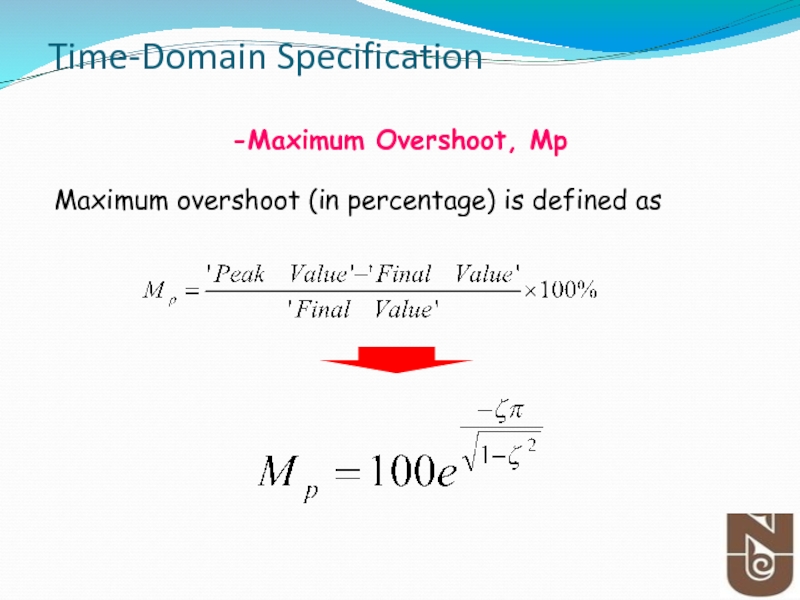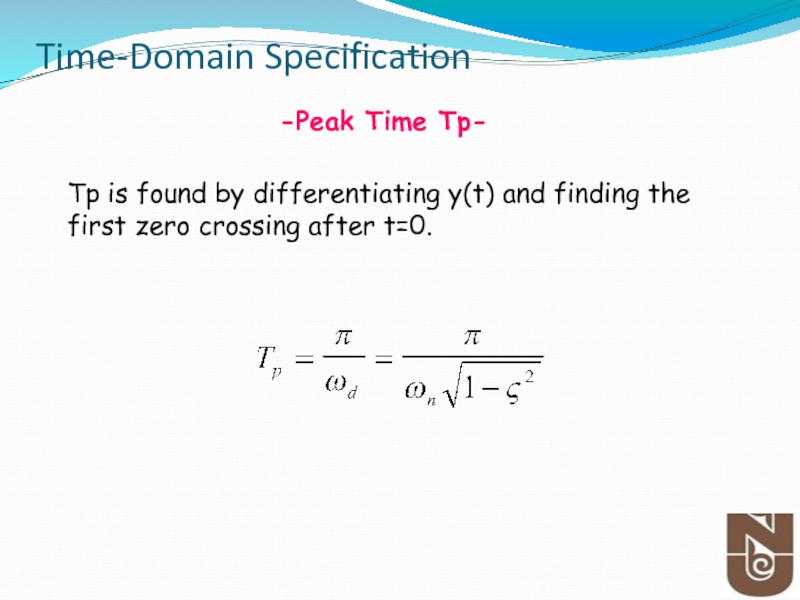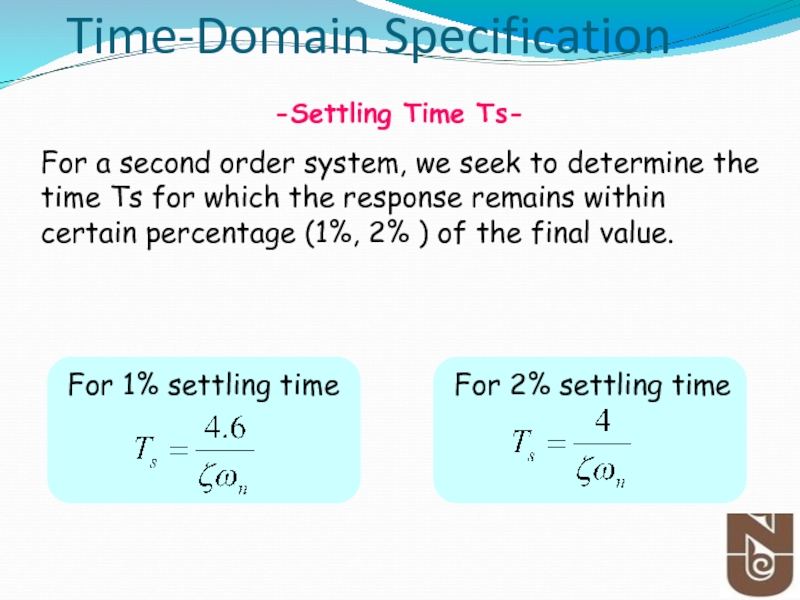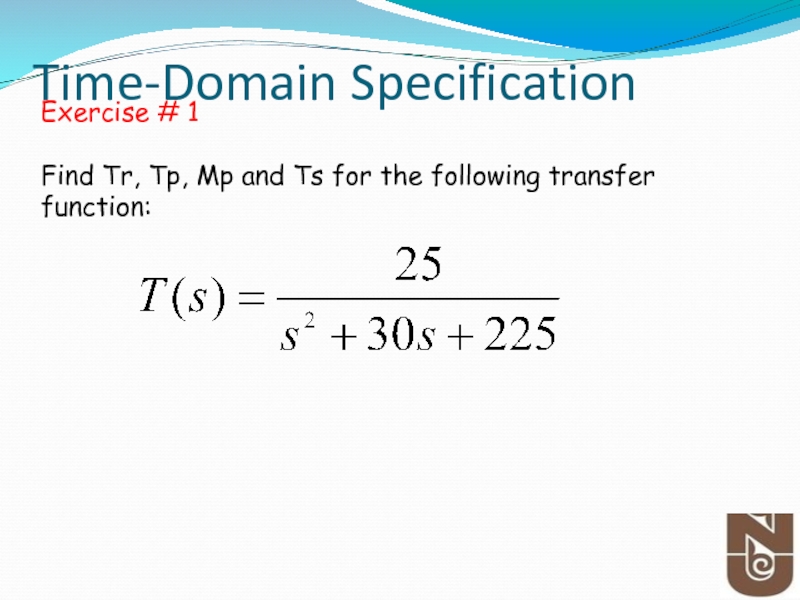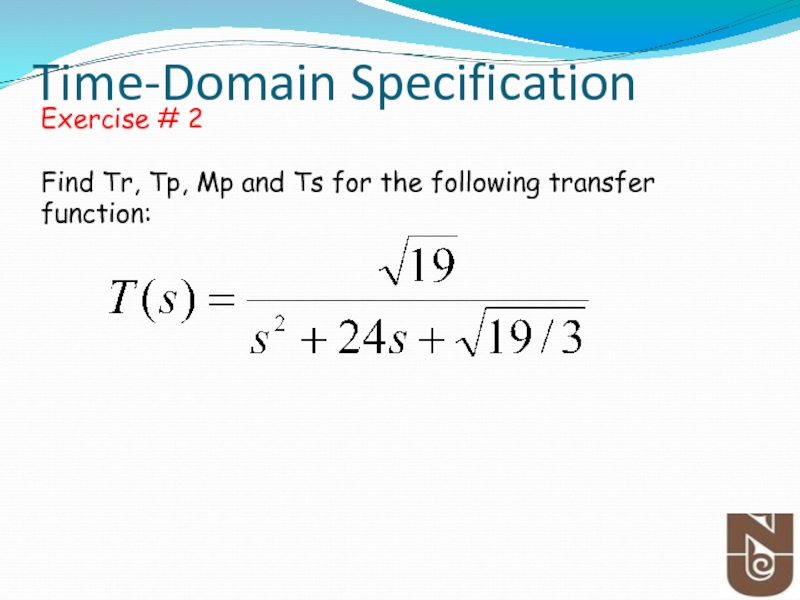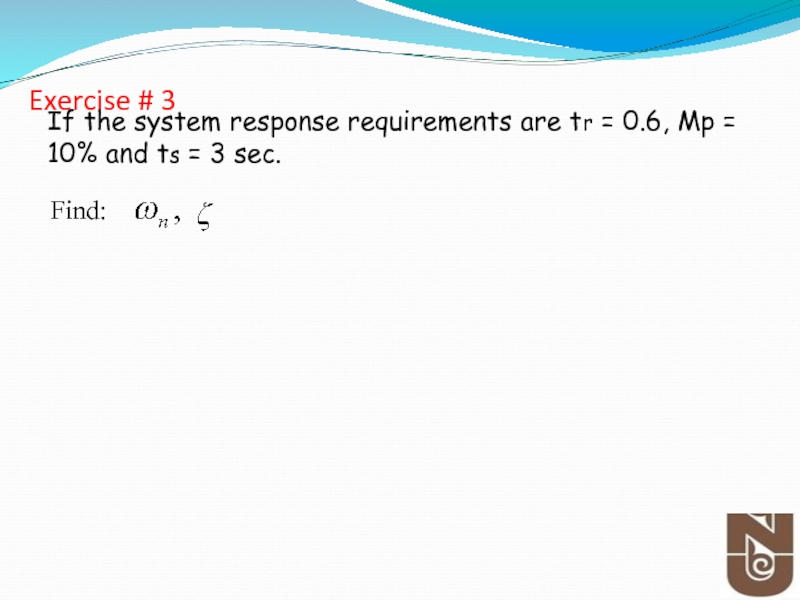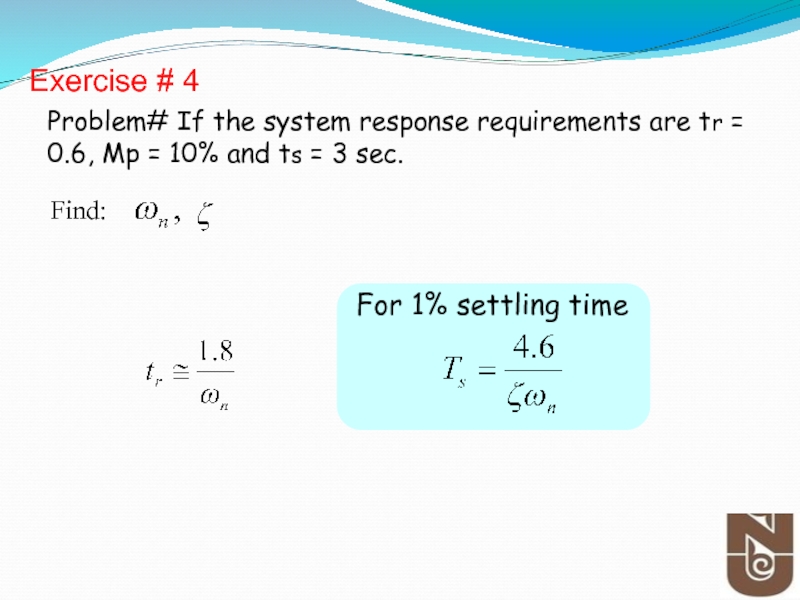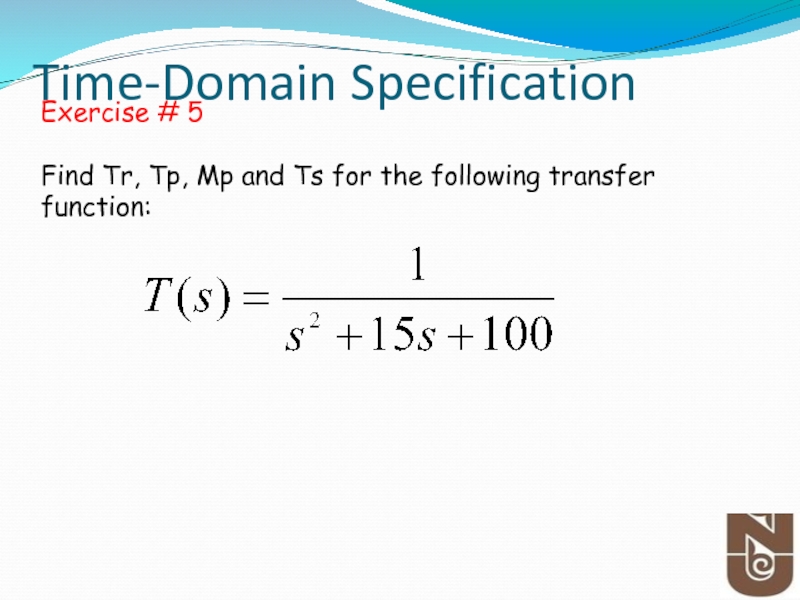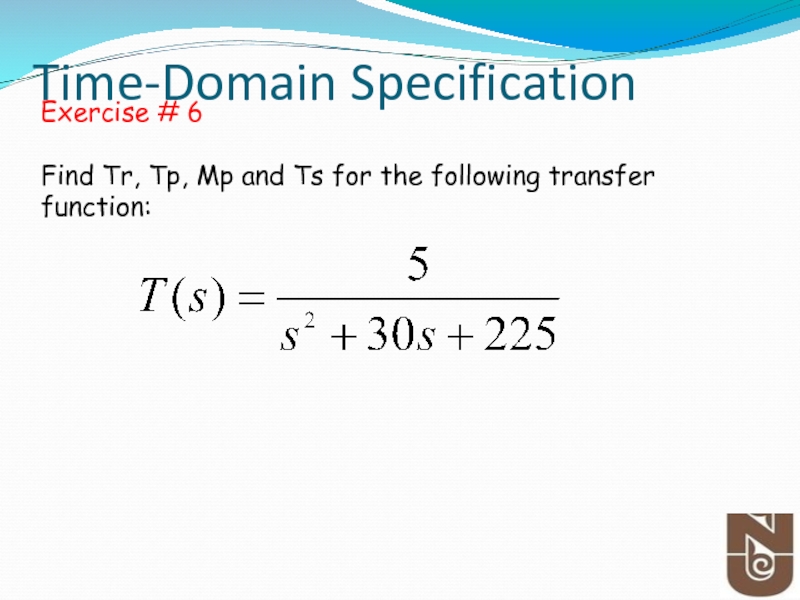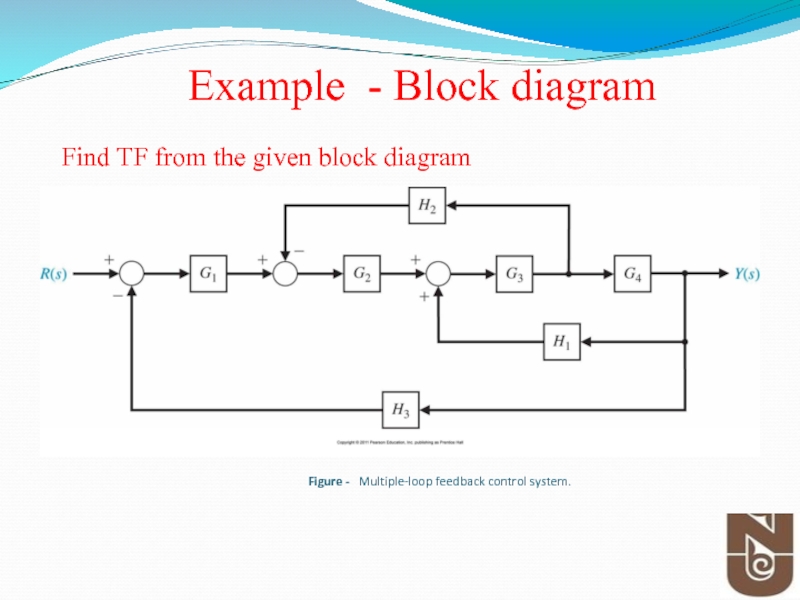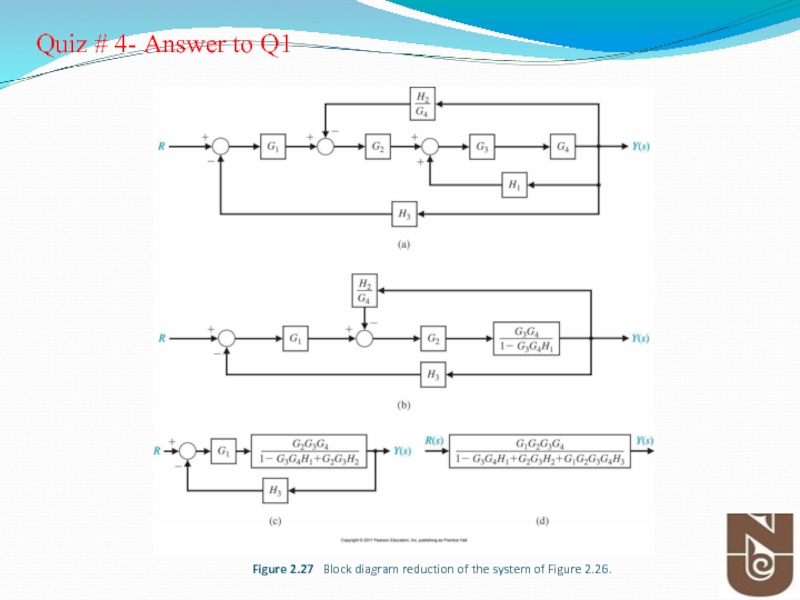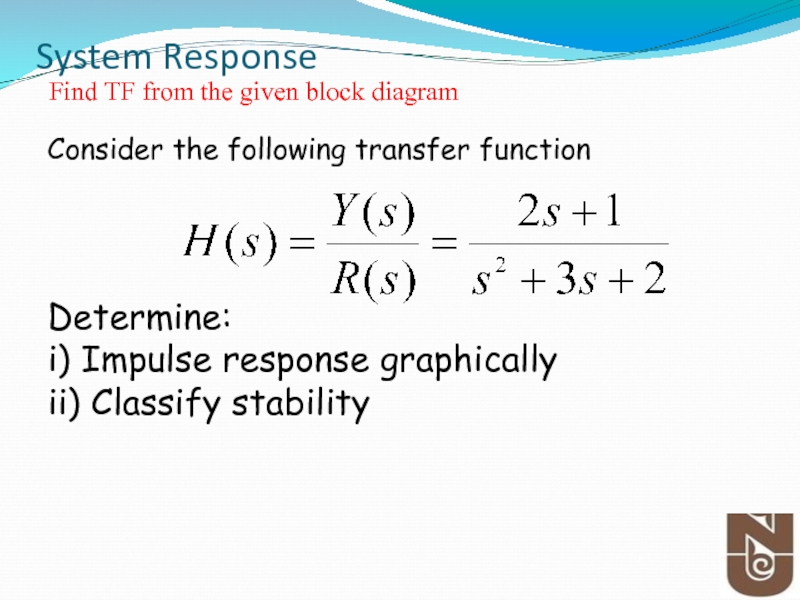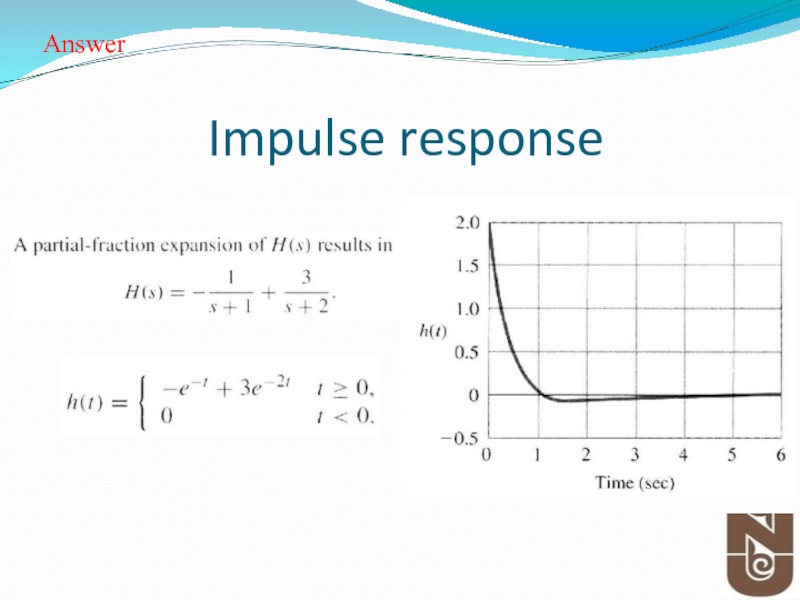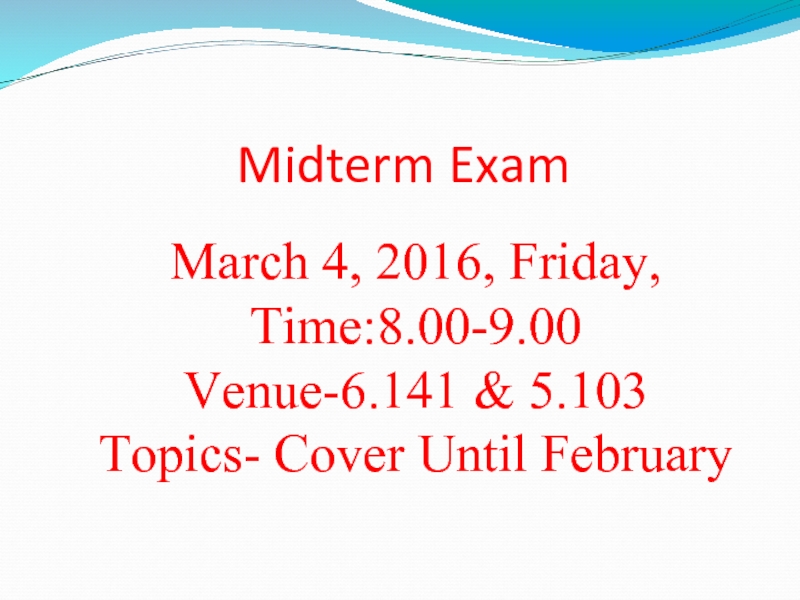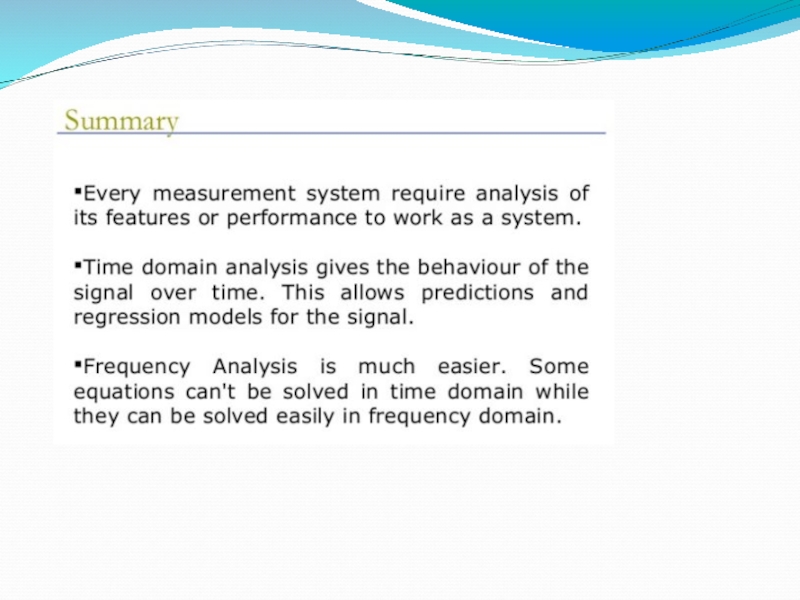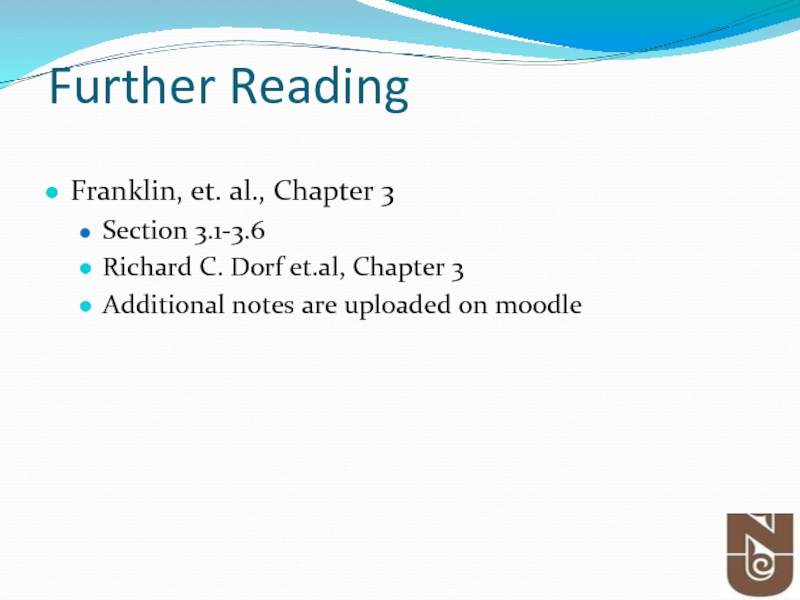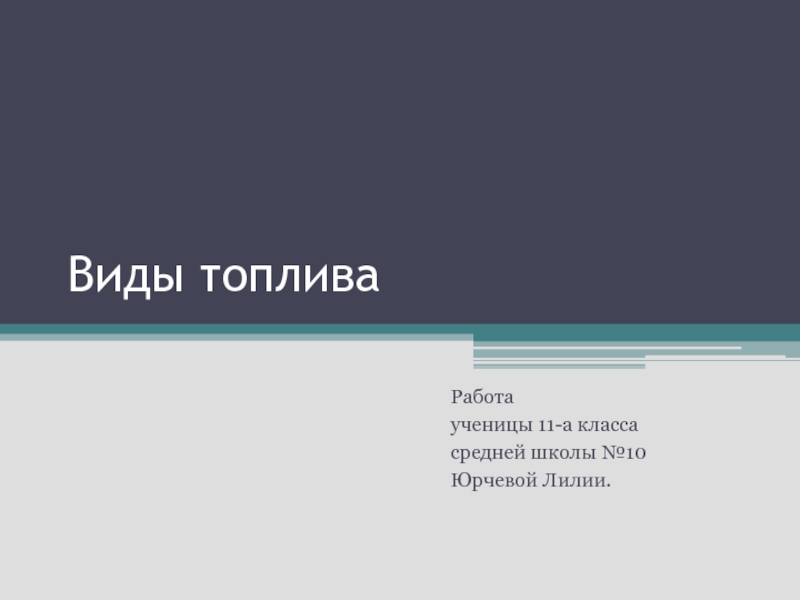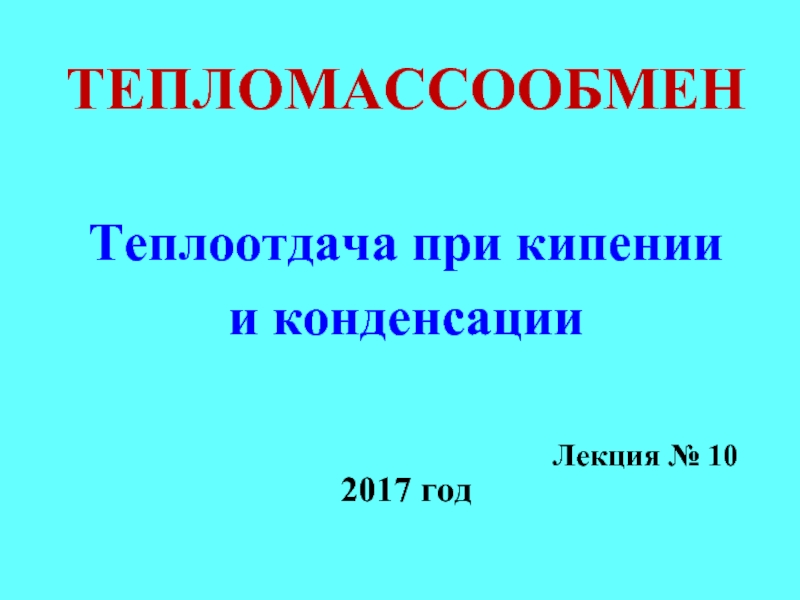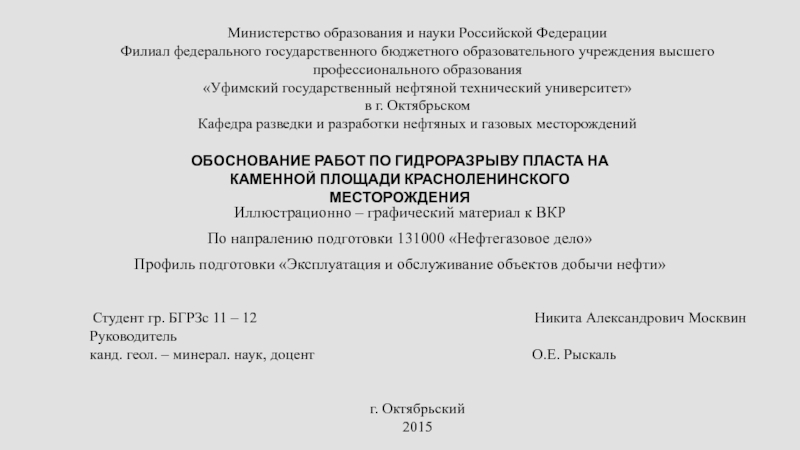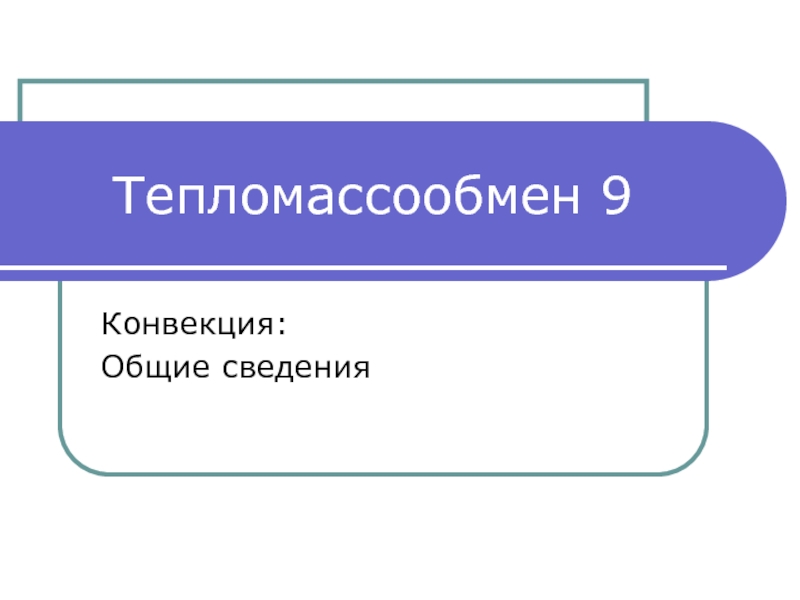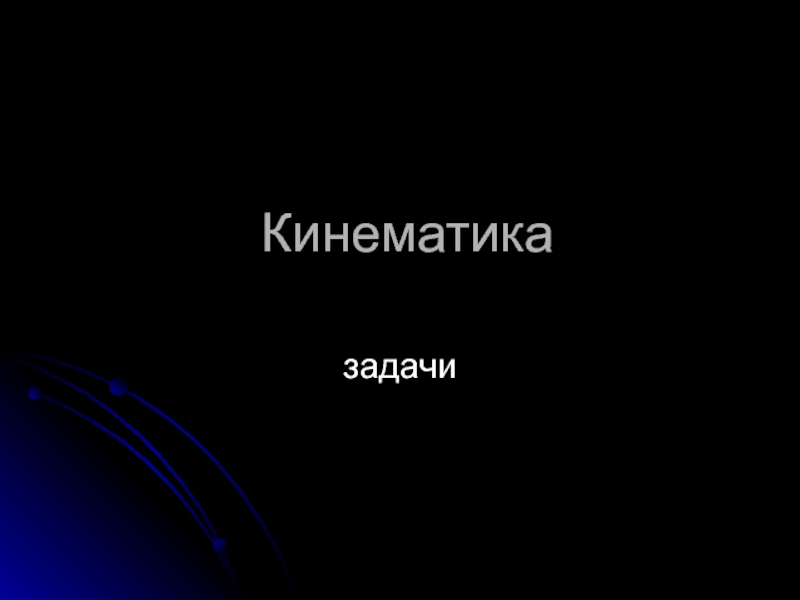- Главная
- Разное
- Дизайн
- Бизнес и предпринимательство
- Аналитика
- Образование
- Развлечения
- Красота и здоровье
- Финансы
- Государство
- Путешествия
- Спорт
- Недвижимость
- Армия
- Графика
- Культурология
- Еда и кулинария
- Лингвистика
- Английский язык
- Астрономия
- Алгебра
- Биология
- География
- Детские презентации
- Информатика
- История
- Литература
- Маркетинг
- Математика
- Медицина
- Менеджмент
- Музыка
- МХК
- Немецкий язык
- ОБЖ
- Обществознание
- Окружающий мир
- Педагогика
- Русский язык
- Технология
- Физика
- Философия
- Химия
- Шаблоны, картинки для презентаций
- Экология
- Экономика
- Юриспруденция
Control systems презентация
Содержание
- 1. Control systems
- 2. By failing to prepare, you are preparing to fail. Benjamin Franklin
- 3. Contents -Review of Previous Lectures -System Response Analysis
- 4. Review Once transfer function is obtained, we
- 5. Review-Block Diagram Three Elementary Block Diagrams Series connection Parallel connection Negative Feedback connection
- 6. Negative feedback :Single-loop gain The gain of
- 7. Review-Block Diagram
- 8. Table 2.6 (continued) Block Diagram Transformations Review-Block Diagram
- 9. Review-Block Diagram Practice: Find the transfer function of the following block diagram
- 10. Review-Block Diagram Practice:
- 11. Review-Block Diagram
- 12. Time domain and frequency domain
- 17. Poles and Zeros K is the transfer
- 18. System Response: Complex system
- 19. System Response: Stability in s-plane
- 20. Key points: Effect of Poles and Zeros
- 21. Example: Consider the following transfer function
- 22. System Response: Effect of pole location
- 23. Example: Consider the following transfer function
- 24. Time-Domain Specification To measure the performance of
- 25. Time-Domain Specification Test Input Signals step input
- 26. Time-Domain Specification Example The transfer function: The system response to a unit step input (A=1):
- 27. System Response Example 2: Consider the
- 28. First Order System Response
- 29. Example 1: Consider the following transfer function
- 30. First Order System Response- Impulse response
- 31. Let us consider the following closed-loop system:
- 32. Standard Second Order System
- 33. Figure 3.24 Graphs of regions in
- 34. Transformation of the specification to the s-plane
- 35. Mp? Standard Second Order System
- 36. Poles (roots) location of the second order
- 37. Classification of Type Response of 2nd Order Systems Undamped: ζ=0 Under-damped: 0
- 38. As ζ decreases, the response becomes increasingly oscillatory. Standard Second Order System
- 39. Time-Domain Specification Standard performance measures are usually
- 40. Time-Domain Specification Standard performance measures are usually
- 41. Time-Domain Specification -Rise Time, Tr- A precise
- 42. Time-Domain Specification Maximum overshoot (in percentage) is defined as -Maximum Overshoot, Mp
- 43. Time-Domain Specification Tp is found by differentiating
- 44. Time-Domain Specification -Settling Time Ts-
- 45. Time-Domain Specification Exercise # 1 Find
- 46. Time-Domain Specification Exercise # 2 Find
- 47. Exercise # 3 If the system response
- 48. Exercise # 4 Problem# If the system
- 49. Time-Domain Specification Exercise # 5 Find
- 50. Time-Domain Specification Exercise # 6 Find
- 51. Time-Domain Specification Exercise # 7 Find
- 52. Figure - Multiple-loop feedback control system.
- 53. Figure 2.27 Block diagram reduction of
- 54. System Response Consider the following transfer function
- 55. Impulse response Answer
- 56. Midterm Exam March 4, 2016, Friday, Time:8.00-9.00 Venue-6.141 & 5.103 Topics- Cover Until February
- 58. Tell me, I will forget! Show
- 59. Further Reading Franklin, et. al., Chapter 3
Слайд 1
Control Systems
Dynamic Response: Dynamic Response Analysis, Steady State Error
Md Hazrat Ali
Department
School of Engineering,
Nazarbayev University
Слайд 4Review
Once transfer function is obtained, we can start to analyze the
A block diagram is a convenient tool to visualize the systems as a collection of interrelated subsystems that emphasize the relationships among the system variables.
Signal flow graph and Mason’s gain formula are used to determine the transfer function of the complex block diagram.
Слайд 5Review-Block Diagram
Three Elementary Block Diagrams
Series connection
Parallel connection
Negative Feedback connection
Слайд 6Negative feedback :Single-loop gain
The gain of a single-loop negative feedback system
Franklin et.al- pp.122
Слайд 17Poles and Zeros
K is the transfer gain
The roots of numerator is
The roots of denominator are called poles of the system. Poles determine the stability properties and natural or unforced behavior of the system.
Poles and zeros can be complex quantities.
zi=pi, cancellation of pole-zero may lead to undesirable system properties.
Слайд 21Example:
Consider the following transfer function
Determine:
Poles and Zeros?
System Response
Слайд 23Example:
Consider the following transfer function
Determine:
Poles and Zeros?
System Response
Слайд 24Time-Domain Specification
To measure the performance of a system we use standard
The standard test inputs used are the step input, the ramp input, and the parabolic input.
A unit impulse function is also useful for test signal purpose.
Test Input Signals
Слайд 25Time-Domain Specification
Test Input Signals
step input
ramp input
parabolic input
The step input is the
Слайд 26Time-Domain Specification
Example
The transfer function:
The system response to a unit step input
Слайд 27System Response
Example 2:
Consider the following transfer function
Determine:
impulse response
Слайд 29Example 1:
Consider the following transfer function
Determine:
impulse response(response when r(t)
impulse function)
Classify stability
First Order System Response
Слайд 31Let us consider the following closed-loop system:
The TF of the closed-loop
Utilizing the general notation of 2nd Order System:
Where ωn is natural frequency and ζ is damping ratio
Standard Second Order System
Слайд 33Figure 3.24 Graphs of regions in the s-plane delineated by
Transformation of the specification to the s-plane
Слайд 34Transformation of the specification to the s-plane
Example 3.25
Find allowable regions in
Слайд 36Poles (roots) location of the second order complex system.
Standard Second Order
Standard Second Order System
Слайд 37Classification of Type Response of 2nd Order Systems
Undamped: ζ=0
Under-damped: 0
Over-damped: ζ>1
Standard Second Order System
Слайд 39Time-Domain Specification
Standard performance measures are usually defined in term of the
Слайд 40Time-Domain Specification
Standard performance measures are usually defined in term of the
Rise time, Tr : time needed from 0 to 100% of fv for underdamped systems and Tr1 from 10-90% of fv for overdamped systems.
The settling time ts is the time it takes the system transient to decay.
The overshoot Mp is the maximum amount of the system overshoots its final value divided by its final value.
The peak time tp, is the time it takes the system to reach the maximum overshoot.
Слайд 41Time-Domain Specification
-Rise Time, Tr-
A precise analytical relationship between rise time and
A rough estimation of the rise time is as follows
Слайд 42Time-Domain Specification
Maximum overshoot (in percentage) is defined as
-Maximum Overshoot, Mp
Слайд 43Time-Domain Specification
Tp is found by differentiating y(t) and finding the first
-Peak Time Tp-
Слайд 44Time-Domain Specification
-Settling Time Ts-
For a second order system, we seek to
For 1% settling time
For 2% settling time
Слайд 45Time-Domain Specification
Exercise # 1
Find Tr, Tp, Mp and Ts for the
Слайд 46Time-Domain Specification
Exercise # 2
Find Tr, Tp, Mp and Ts for the
Слайд 48Exercise # 4
Problem# If the system response requirements are tr =
Find:
For 1% settling time
Слайд 49Time-Domain Specification
Exercise # 5
Find Tr, Tp, Mp and Ts for the
Слайд 50Time-Domain Specification
Exercise # 6
Find Tr, Tp, Mp and Ts for the
Слайд 51Time-Domain Specification
Exercise # 7
Find Tr, Tp, Mp and Ts for the
Слайд 52Figure - Multiple-loop feedback control system.
Example - Block diagram
Find
Слайд 54System Response
Consider the following transfer function
Determine:
i) Impulse response graphically
ii)
Find TF from the given block diagram
Слайд 56Midterm Exam
March 4, 2016, Friday, Time:8.00-9.00
Venue-6.141 & 5.103
Topics- Cover Until February
Слайд 58Tell me, I will forget! Show me, I may remember! Involve me, I
Benjamin Franklin
Слайд 59Further Reading
Franklin, et. al., Chapter 3
Section 3.1-3.6
Richard C. Dorf et.al, Chapter
Additional notes are uploaded on moodle


